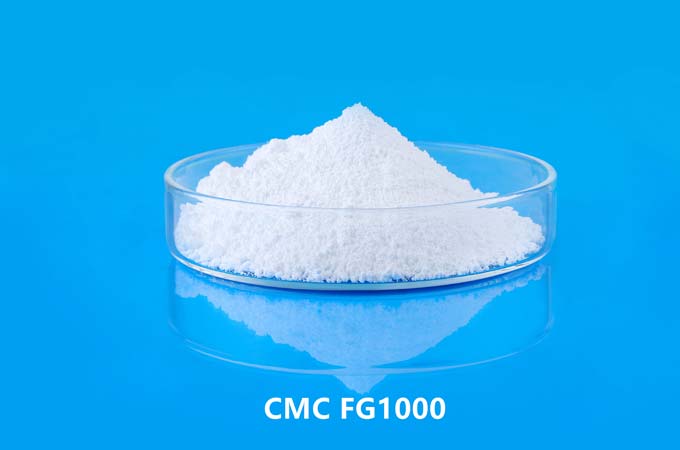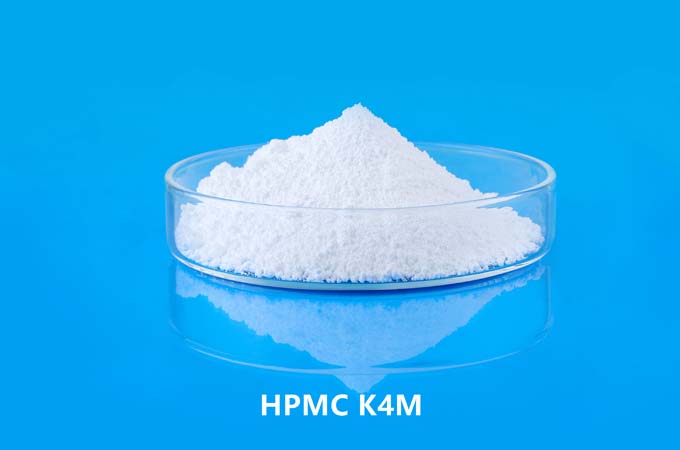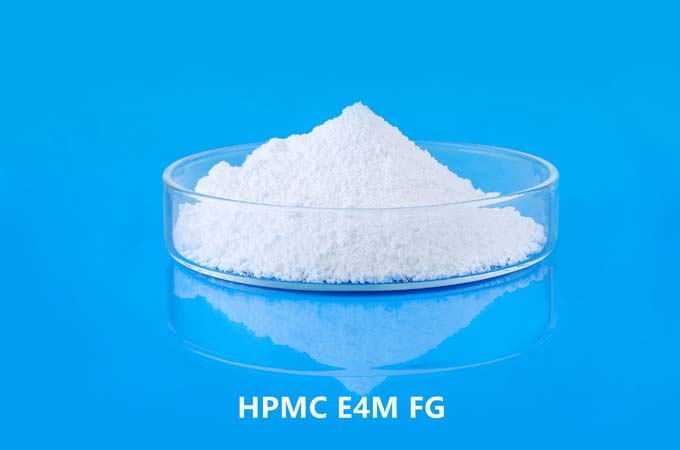Hydroxyethyl cellulose (HEC) is a non-ionic water-soluble polymer widely used in coatings, building materials, cosmetics, pharmaceuticals and other industries. It mainly plays the role of thickening, emulsification, dispersion and film formation. Reasonable dissolution and thickening of HEC are essential to improve its performance. The following are detailed methods and precautions for thickening HEC.
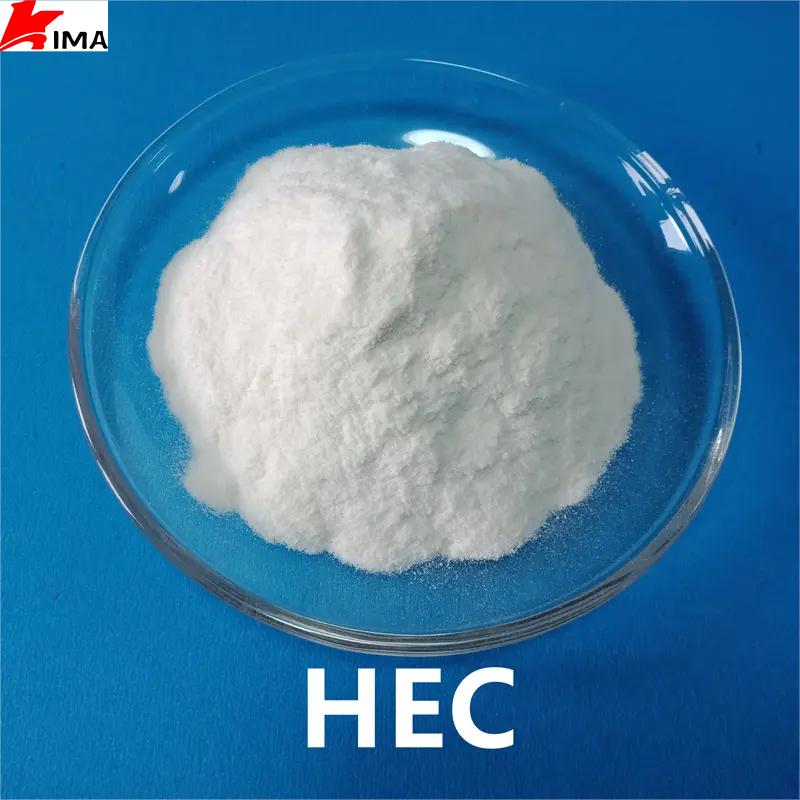
1.Thickening mechanism of HEC
HEC forms hydrogen bonds with water through the hydroxyethyl groups on the molecular chain, causing it to swell and disperse evenly in the water phase, thereby increasing the viscosity of the system. Its thickening ability is affected by molecular weight, degree of substitution, dissolution mode and external environment (such as pH, temperature, shear force, etc.).
2. Thickening steps of HEC
Pre-dispersion stage
HEC dissolves slowly and is easy to agglomerate when added directly to water, so it needs pre-dispersion treatment. Common pre-dispersion methods include:
Dry mixing method: first mix HEC with other powders (such as fillers, salts, sugars, etc.) evenly, then slowly pour it into water and stir to make it evenly dispersed.
Solvent dispersion method: Use a small amount of organic solvent (such as ethanol, propylene glycol, glycerin, etc.) to wet HEC first, distribute it evenly, and then add it to water to reduce agglomeration.
Add water and stir
Cold water dissolution method: Slowly sprinkle HEC into the stirring cold water and stir at a low speed for 30-60 minutes to fully wet and evenly disperse it.
Warm water dissolution method: First stir and disperse HEC with warm water at 30-50℃, wait for it to swell and then cool it to room temperature to speed up the thickening process.
pH adjustment
The thickening of HEC is affected by pH, and the optimal dissolution pH range is 6.0-8.5. In an alkaline environment (such as adding a small amount of NaOH, NH₄OH, etc.), the dissolution can be accelerated and the thickening efficiency can be improved.
Full dissolution and thickening
The thickening effect of HEC usually reaches a stable state within 2-6 hours, and some high-viscosity HECs require 24 hours to fully thicken. Prolonging the stirring time appropriately will help the molecular chain to fully unfold and improve the thickening effect.

3. Factors affecting HEC thickening
Molecular weight and degree of substitution
The larger the molecular weight of HEC, the stronger its thickening ability, but the slower its dissolution rate; the higher the degree of hydroxyethyl substitution, the better its water solubility and the higher its thickening efficiency.
Temperature
Increasing temperature can accelerate the dissolution rate of HEC, but too high temperature (>60℃) may cause degradation and affect the thickening effect.
Shear force
Long-term high-speed stirring may destroy the molecular structure of HEC and reduce the thickening effect. Therefore, low-speed stirring is recommended.
Electrolyte
The solubility of HEC changes in the presence of electrolytes (such as salts and alkaline substances). An appropriate amount of electrolyte can promote dissolution, but an excessive amount may cause flocculation and affect the thickening effect.
4. Examples of HEC thickening applications
Thickening applications in latex paints
HEC is mainly used in latex paints to provide suitable construction rheology, suspension stability and anti-sagging properties. When used, HEC should be dispersed first, and then thickened under appropriate pH conditions to avoid agglomeration that affects the quality of the paint film.
Thickening application in detergents
HEC can increase solution viscosity and enhance foam stability in detergents. It is recommended to disperse at low temperature first, and then gradually heat up to about 40°C to fully dissolve and thicken it.
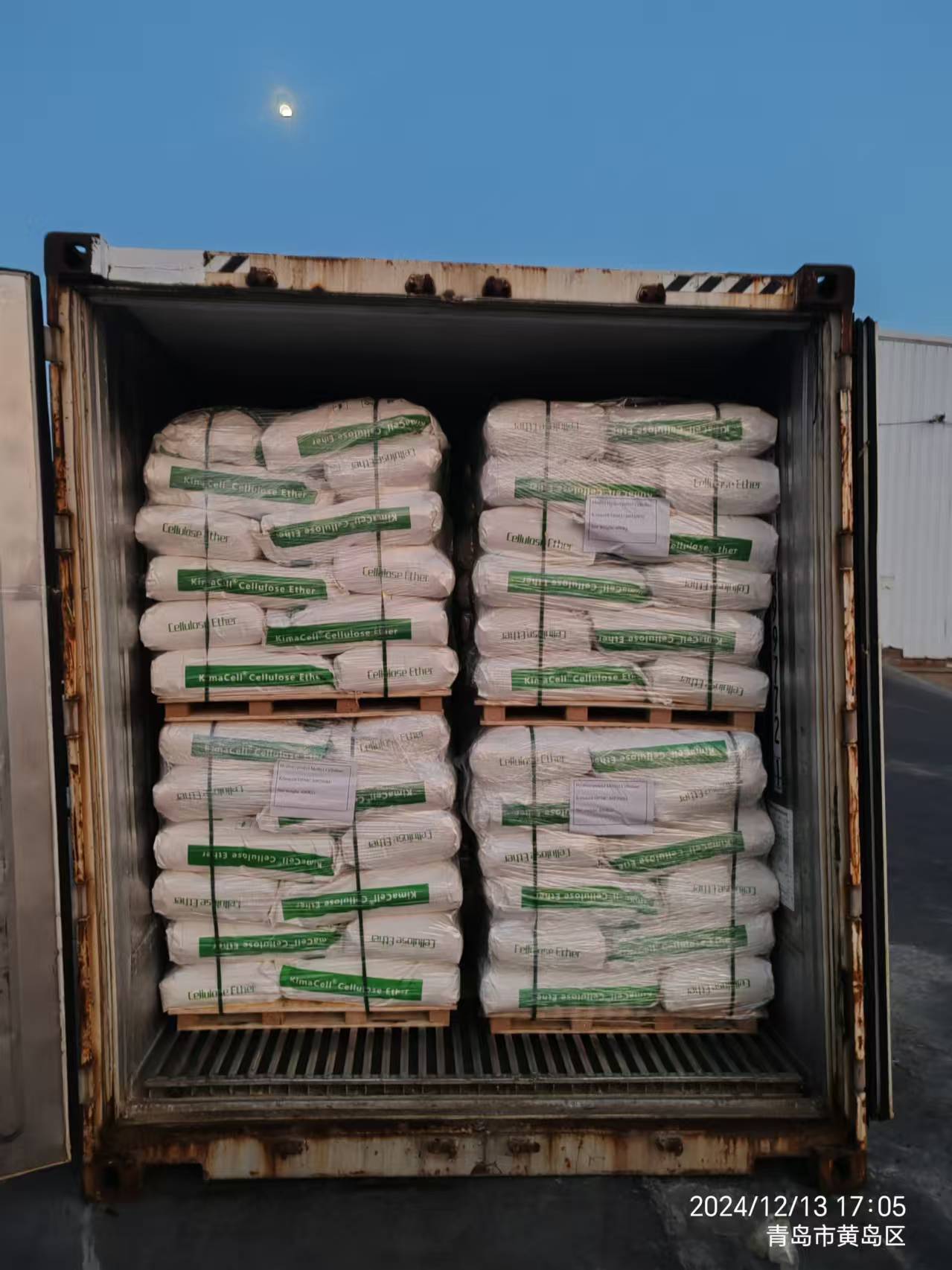
Thickening application in building materials
HEC is used in cement-based or gypsum-based building materials, mainly to retain water, thicken and improve construction properties. The dissolution sequence needs to be controlled to avoid direct contact with high-concentration electrolytes to ensure the best thickening effect.
Reasonable dissolution and thickening methods are crucial to the application effect of HEC. Mastering techniques such as pre-dispersion, temperature control, pH adjustment and low-shear stirring can effectively improve the thickening performance of HEC and ensure the stability and application effect of the product.
 English
English 日本語
日本語 français
français Deutsch
Deutsch Español
Español italiano
italiano русский
русский português
português العربية
العربية Türkçe
Türkçe Nederland
Nederland



